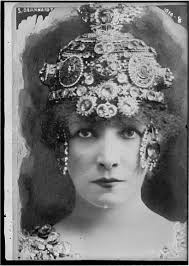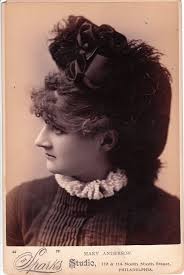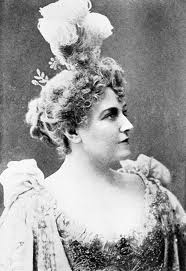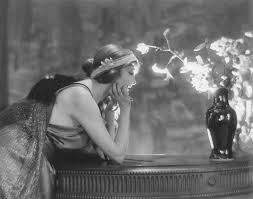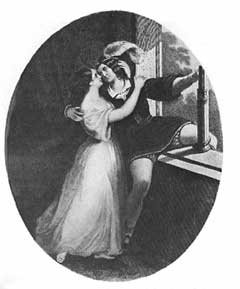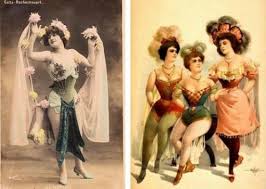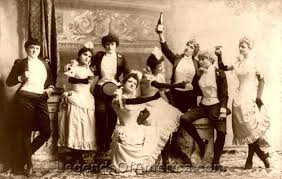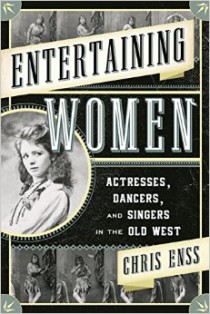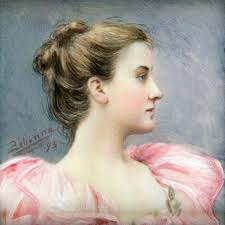Only four more days left to enter to win a copy of the book
Entertaining Women: Actresses, Dancers, and Singers in the Old West.
The pliant figure leaned over the ship’s rail, expressive eyes intent on the blue-green waters of the harbor. A mass of wavy light-brown hair with tints of gold lifted and curled with every breeze, its arrangement a matter of complete indifference to the angler. Suddenly the slender form froze, breath held, and then, with a quick yank and a breaking smile, lifted the rod and hauled a wriggling fish aboard the Cabrillo. Exclaiming in French, dark eyes sparkling with pleasure, Sarah Bernhardt ordered her catch, small as it was, to be prepared for dinner.
It was May 19, 1906, and the farewell production of Camille was scheduled for a few hours later at the ocean auditorium built on the water at Venice, California. Sarah stayed, and fished, at the hotel built like a ship, and she performed in the adjacent theater on the wharf at the seaside resort, Venice of America. Having caught a fish, Sarah wended her way to her quarters. Piled high in her dressing room were the results of a recent shopping trip to the Oriental bazaar nearby: silk and crepe matinee coats of pink and pale blue and mauve, all embroidered with butterflies and bamboo designs.
The tiny window in the dressing room provided a sparkling view of the ocean, and the streaming sunshine picked out details of the furnishings: a repoussé silver powder box, containers of pigment, eyebrow pencils, silver rouge pots, and scattered jewelry twinkling in the light. The tragedienne who attracted huge audiences wherever she went swooped up a small tan and white fox terrier, wriggling with joy at her return, and snuggled it close for a moment as she related the happy details of her fishing venture to a visiting reporter. Then she put down the small dog and closed her mind to the fun waiting outside the porthole.
Within moments Sarah became Marguerite Gautier, filled with the sadness and torment of the beautiful French courtesan in Camille, the play by Alexandre Dumas that became her signature role, performed all over the world more than three thousand times. Sarah’s ability to sink fully into the character of the play made the tragic death scene so convincing that it became a trademark for “the Divine Sarah.”
No one played tragedy with such believable intensity as Sarah Bernhardt, and no one brought as much passion and enthusiasm to the pursuit of pleasure. From fishing on the Southern California coast to bear hunting in the woods outside Seattle, on every western tour the French actress indulged in some kind of adventure. Sarah Bernhardt threw herself into life with the same characteristic energy she put into her stage appearances. Yet she often slept in a coffin, preparing for that final sleep.
To learn more about Sarah Bernhardt and about the other talented performers of the
Old West read Entertaining Women: Actresses, Dancers, and Singers in the Old West.

